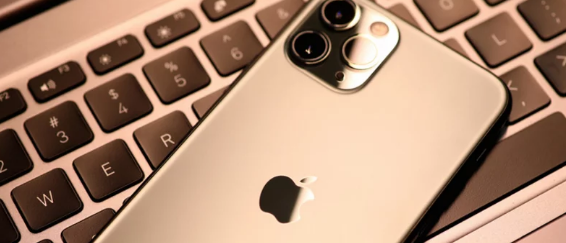When your iPhone’s Wi-Fi stops working, the first thought is often to schedule an Apple Store appointment. While Apple repairs are reliable, there are several DIY and third-party solutions that can fix Wi-Fi hardware issues without needing to visit a store. With careful troubleshooting and the right approach, you can restore connectivity safely at home or through certified local repair centers.
This guide walks you through identifying hardware Wi-Fi issues, performing safe fixes, and choosing professional options without relying solely on Apple.
1. Recognizing Wi-Fi Hardware Issues
Before attempting any repair, determine if your Wi-Fi problem is hardware-related. Signs include:
- Wi-Fi toggle in Settings is greyed out.
- Frequent disconnections or weak signals even near the router.
- No Wi-Fi networks detected.
- Bluetooth malfunctions occur simultaneously (shared chip issue).
- Problems persist after software updates or resets.
These symptoms indicate issues with the Wi-Fi IC chip, antenna flex cable, or logic board connections.
2. Basic Software Checks to Rule Out Bugs
Sometimes Wi-Fi problems appear hardware-related but are actually software glitches. Always try these first:
a. Restart iPhone and Router
Power cycling both devices can clear temporary network conflicts.
b. Forget and Reconnect to Wi-Fi
Go to Settings → Wi-Fi → (i) → Forget This Network, then reconnect to refresh settings.
c. Reset Network Settings
Navigate to Settings → General → Transfer or Reset iPhone → Reset → Reset Network Settings to clear saved Wi-Fi data.
d. Update iOS
Install the latest iOS version. Some Wi-Fi issues are fixed in minor updates.
If Wi-Fi still fails, proceed to hardware-focused solutions.
3. DIY Hardware Fixes You Can Try
For minor hardware issues, these home fixes can sometimes restore Wi-Fi functionality:
a. Cool Down Your iPhone
Overheating may temporarily disable the Wi-Fi chip. Power off the phone for 10–15 minutes.
b. Remove Case and Clean Antenna Areas
Dust or thick cases can obstruct antennas. Use a soft cloth or compressed air to clean the top and sides of your iPhone.
c. Reset All Settings
Go to Settings → General → Reset → Reset All Settings. This restores default settings without deleting your data.
d. External Wi-Fi Dongles
Lightning-compatible Wi-Fi adapters can act as a temporary workaround if the internal chip is faulty.
4. Using Certified Third-Party Repair Centers
If DIY fixes don’t work, a certified local repair center can provide cost-effective hardware repairs without visiting an Apple Store. They can:
- Replace a faulty Wi-Fi chip (IC).
- Repair or replace a damaged antenna flex cable.
- Resolder cracked logic board connections.
Ensure the repair shop uses high-quality components and has experience with board-level iPhone repairs to avoid further damage.
5. Understanding Repair Costs
| Repair Type | Estimated Cost (USD) | Repair Time |
|---|---|---|
| Antenna Flex Replacement | $50–$100 | 30–60 minutes |
| Wi-Fi Chip Replacement | $120–$200 | 2–3 hours |
| Logic Board Soldering | $180–$300 | 1–2 days |
Third-party repair centers often provide faster service and lower costs than Apple, especially for out-of-warranty devices.
6. Preventing Future Wi-Fi Hardware Issues
- Avoid excessive heat during heavy use or charging.
- Keep your iPhone dry and away from moisture.
- Use certified charging cables and accessories.
- Handle your iPhone carefully to prevent drops.
- Keep iOS and router firmware updated for stable connectivity.
Final Thoughts
You don’t always need to visit an Apple Store to fix iPhone Wi-Fi hardware issues. By following software checks, DIY fixes, and using certified repair centers, you can restore stable Wi-Fi connectivity efficiently and safely.
Taking preventive steps afterward ensures your iPhone Wi-Fi remains reliable, saving both time and repair costs in the future.
Also Read :
